Starting a business in East Africa can be an exciting journey, but without the right plan, success might feel elusive. Whether you’re running a small shop in Dar es Salaam, offering services in Nairobi, or selling products online across East Africa, the key to success is having a well-thought-out marketing plan. This plan will guide your efforts, ensuring you’re targeting the right customers and using the right strategies to grow your business. In this blog, we’ll walk you through how to create a marketing plan that works, tailored for businesses in Tanzania, Kenya, and the wider East African region.
1. Set Clear Business Goals
The first step in any marketing plan is defining your business goals. Without clear objectives, it’s easy to waste time and money on marketing efforts that don’t align with your long-term vision. Start by asking yourself, What do I want to achieve? Do you want to increase brand awareness, boost sales, or attract more customers? Let’s say you run a clothing boutique in Dar es Salaam and your goal is to increase foot traffic by 30% over the next three months. A focused goal like this helps you structure your marketing strategy around measurable targets. As a business owner, it’s crucial to regularly review these goals to ensure they’re aligned with your growth plans.
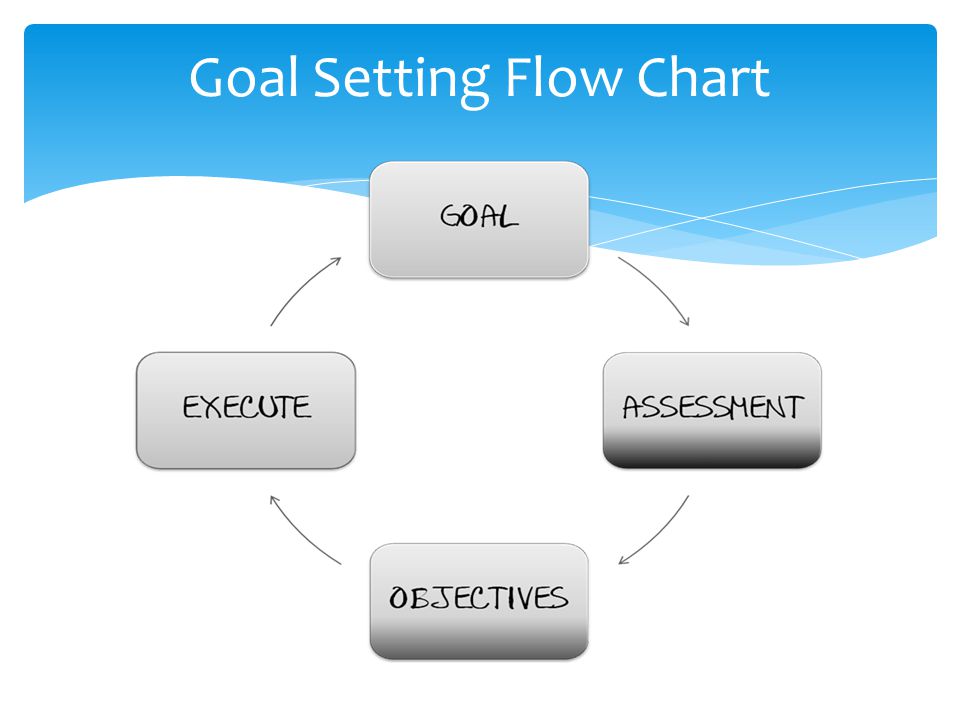
2. Understand Your Target Audience
Understanding your target audience is one of the most important aspects of building a successful marketing plan. You need to know who your customers are, what they need, and how they make purchasing decisions. In Tanzania, Kenya, and Uganda, the audience is diverse, ranging from young tech-savvy professionals in Nairobi to older consumers in rural areas. Take time to research your market and create customer profiles. For example, if you’re selling affordable smartphones in Zanzibar, your target audience may be young adults who prioritize cost-effective solutions. On the other hand, if you’re marketing luxury items in Dar es Salaam, you might target higher-income individuals who appreciate quality and status. Identifying these characteristics will help you tailor your marketing messages.
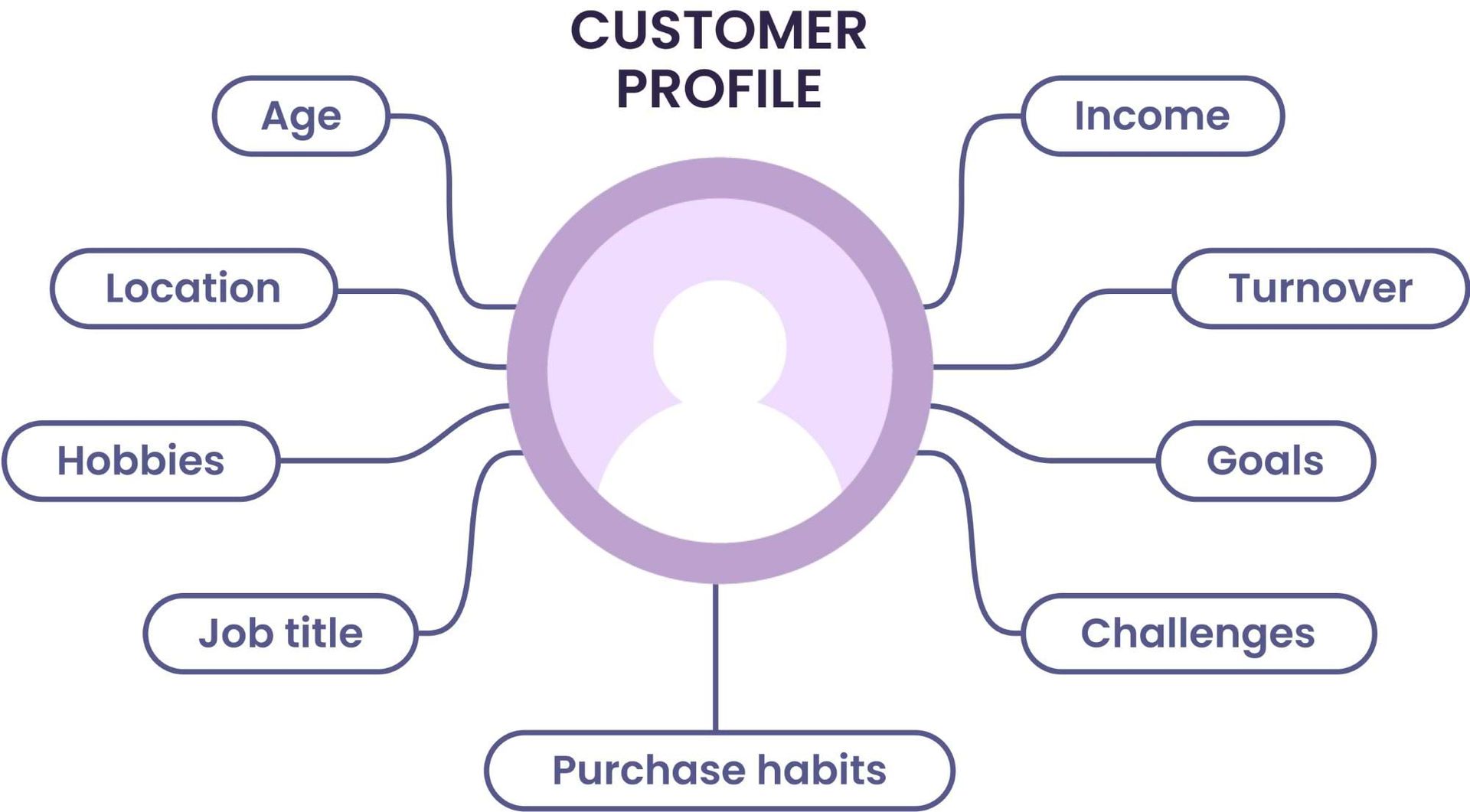
3. Analyze Your Competition
In the competitive business landscape of East Africa, it’s vital to understand who your competitors are and what they’re doing. By analyzing the strategies of your competitors, you can spot gaps in the market and capitalize on them. For instance, in Nairobi, companies like Jumia and Kilimall dominate e-commerce, but smaller businesses that offer a more personalized shopping experience can often stand out. Look at how your competitors communicate with customers, what their strengths are, and where they fall short. If a competitor in Dar es Salaam offers similar products but lacks strong customer service, you could position your business as one that delivers excellent customer care. It’s about filling the void and offering something extra.
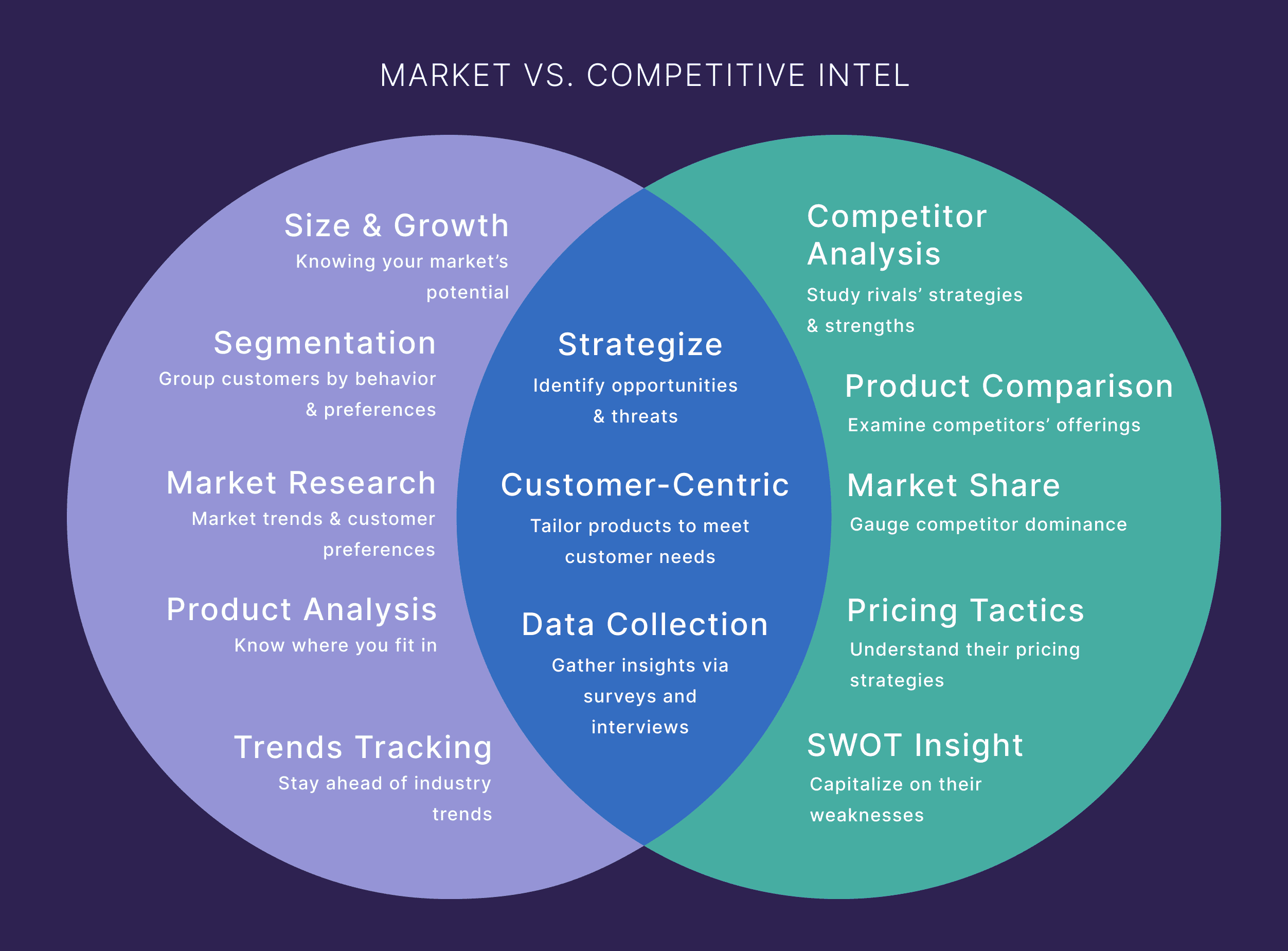
4. Define Your Unique Selling Proposition (USP)
Your Unique Selling Proposition (USP) is what sets your business apart from the competition. In a crowded marketplace, it’s essential to highlight what makes you different. Are your products more affordable, more durable, or better suited to local needs? Let’s say you run a small café in Nairobi. You could focus on serving organic, locally sourced ingredients to attract health-conscious customers. Or, if you’re running a clothing shop in Dar es Salaam, perhaps your USP is customized fashion tailored specifically to East African tastes. By clearly defining your USP, you’ll make it easier to attract and retain customers who see the value in what you offer.
5. Set a Realistic Marketing Budget
One of the biggest challenges businesses face is balancing a marketing budget with other operational expenses. The good news is you don’t have to spend a fortune to market your business effectively. In East Africa, social media platforms like Facebook, Instagram, and WhatsApp are powerful tools for reaching a broad audience without a significant investment. For example, a local business in Nairobi might allocate a small portion of their budget to run targeted ads on Facebook, while also using organic posts to engage with followers. However, larger campaigns like print ads or TV spots will require a bigger budget, so it’s crucial to decide where to spend wisely. A well-planned marketing budget will allow you to reach your audience without overspending.
6. Choose the Right Marketing Channels
Not all marketing channels are suitable for every business. Depending on your target audience, you’ll want to focus on the most effective channels. In East Africa, social media marketing is one of the most powerful tools for businesses of all sizes. Platforms like Instagram and Facebook are great for visually showcasing products, especially for businesses in industries like fashion, food, and beauty. However, if you’re targeting older customers in rural areas of Tanzania, consider using SMS marketing or radio ads which are still popular in those regions. If you own a hotel in Zanzibar, listing on TripAdvisor and encouraging customer reviews can also bring in more business.
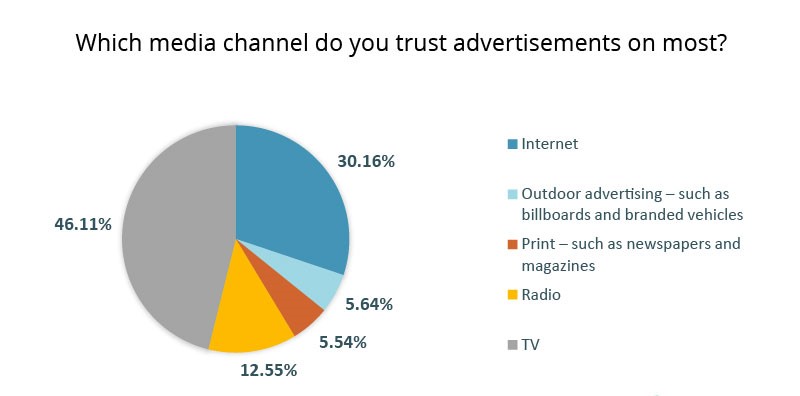
7. Leverage Social Media Effectively
In East Africa, social media isn’t just for fun; it’s a business tool that can connect you with potential customers. Whether you’re in Kenya, Tanzania, or Uganda, platforms like Facebook, Instagram, and Twitter allow you to reach thousands of people with just one post. But don’t just post product pictures and leave it at that. Engage with your audience by responding to their comments, running contests, and asking for feedback. For example, Safaricom has an active social media presence, engaging with customers through posts, polls, and responding to inquiries. This creates a sense of community and builds trust. For your business, consistently sharing value-driven content like promotions or customer testimonials can make your brand more relatable.
8. Create Valuable Content for Your Audience
Content marketing is one of the best ways to connect with your audience and build brand loyalty. Share helpful content that educates and informs your customers. For example, if you’re selling agricultural products in Kenya, create posts or blogs on how to improve crop yield using your products. In Tanzania, a business offering home improvement services might share DIY tips or guides on how to maintain your house during the rainy season. Keep the language simple and relatable, and focus on solving your customers’ problems through your content. This will help position your brand as an authority in your industry.
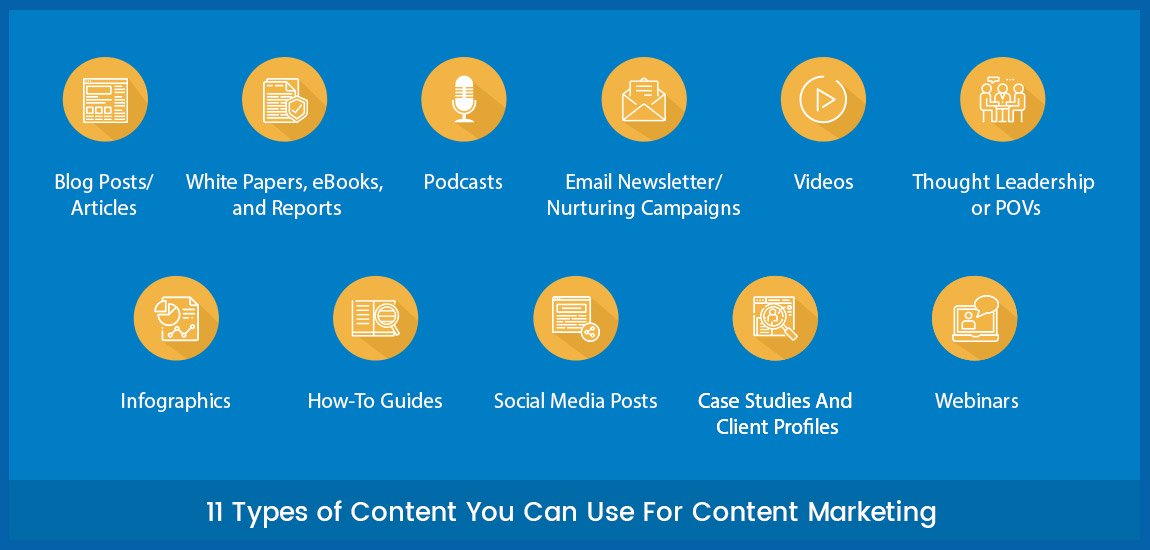
9. Collaborate with Local Influencers
Influencer marketing is gaining traction in East Africa. Many influencers have loyal followers who trust their recommendations, and partnering with the right ones can help promote your products to a larger audience. For example, in Nairobi, Fashion blogger Janet Mbugua frequently collaborates with brands in the fashion and beauty industry, providing them with exposure to her followers. As a business, choose influencers who align with your brand values, and make sure their audience matches your target demographic. Influencers can create content for your brand and share it with their audience, leading to increased visibility and sales.
10. Foster Customer Loyalty
Getting new customers is great, but keeping them is even more important. Customer retention is a long-term strategy that helps you build a loyal base that keeps coming back. Consider creating a loyalty program where customers earn rewards, discounts, or special offers for repeat business. For example, a coffee shop in Nairobi could give customers a free drink after their 10th purchase. Similarly, if you’re in Dar es Salaam, send personalized birthday discounts to your regular customers. This shows you appreciate their business and encourages them to return.
11. Measure and Analyze Your Results
One of the most important steps in any marketing plan is tracking your results. Measure the success of your campaigns using tools like Google Analytics and social media insights. For example, if you ran a Facebook ad campaign in Uganda, check how many people saw the ad, how many clicked on it, and how many made a purchase. This data helps you understand what worked and what didn’t, so you can adjust your strategies accordingly. By tracking your results, you can continue to improve your marketing efforts.
12. Adapt to Changes and Keep Improving
The market is always evolving, and your marketing plan should evolve with it. What worked last year might not work this year. Keep an eye on new trends in the market, such as mobile marketing or video content, and try them out. For example, video content is becoming increasingly popular on platforms like Instagram Reels and TikTok. Test new approaches and tweak your strategy as you go along. Adapting and improving is the key to long-term success in marketing.
Conclusion: Take Action and Stay Consistent
A well-crafted marketing plan is essential for business growth in East Africa. By setting clear goals, understanding your target audience, analyzing your competition, and using the right channels, you can successfully promote your products or services. The key is consistency and adaptability – stay focused on your goals and be ready to adjust your tactics as needed. With a strong marketing plan in place, you’ll be well on your way to achieving sustainable growth and long-term success in the competitive East African market.



